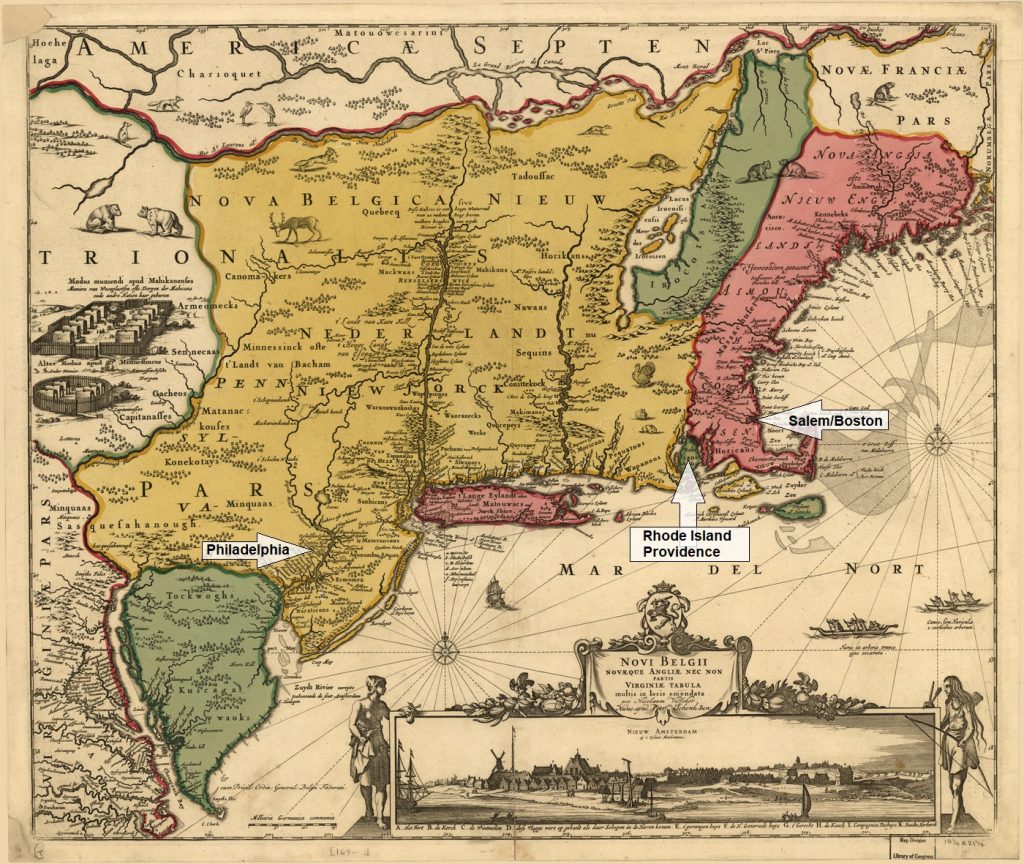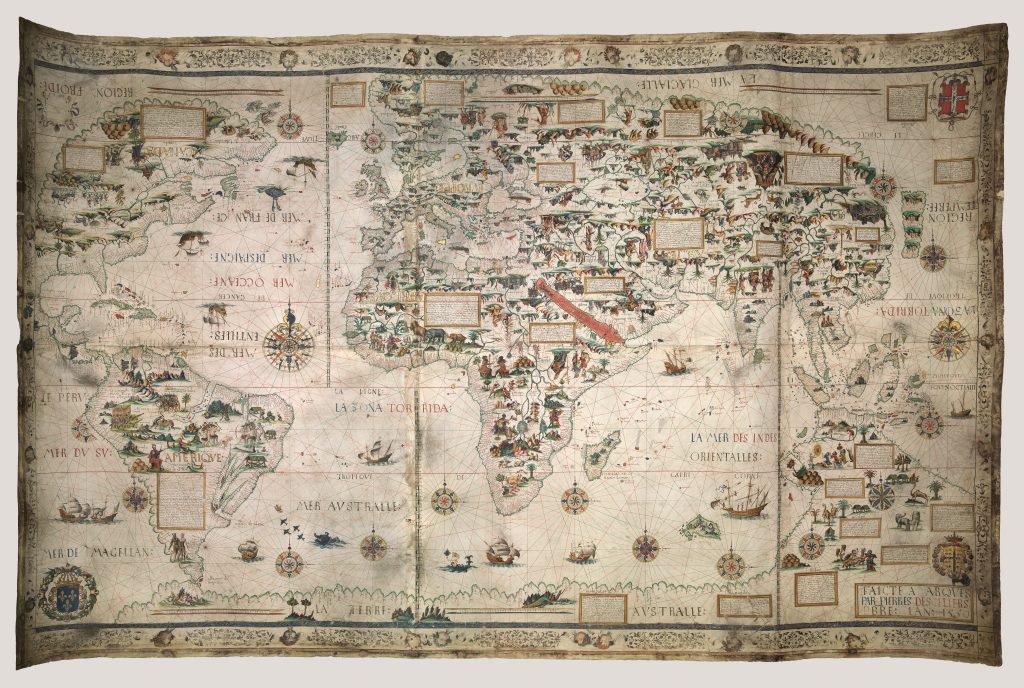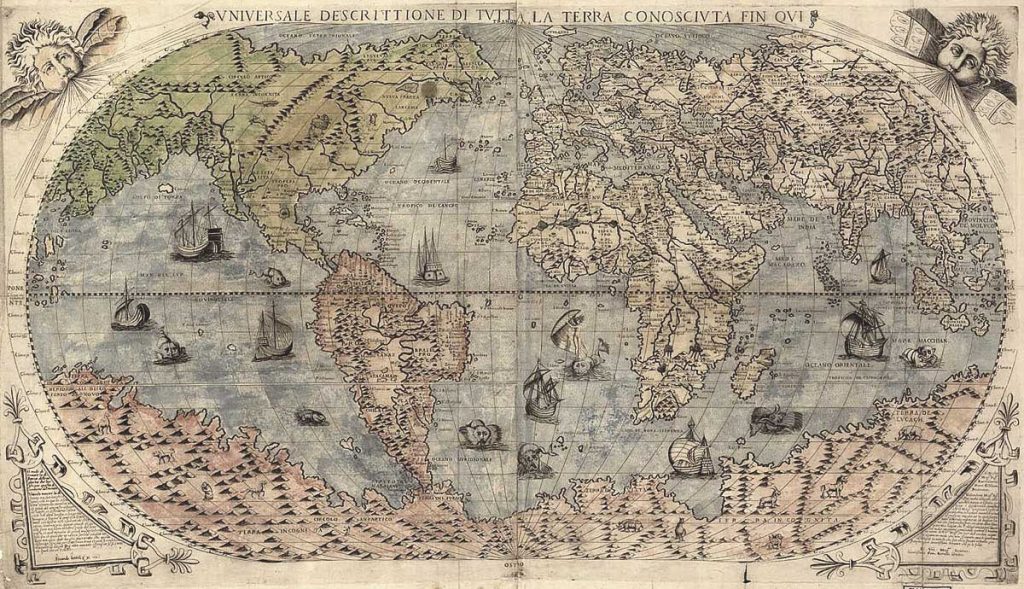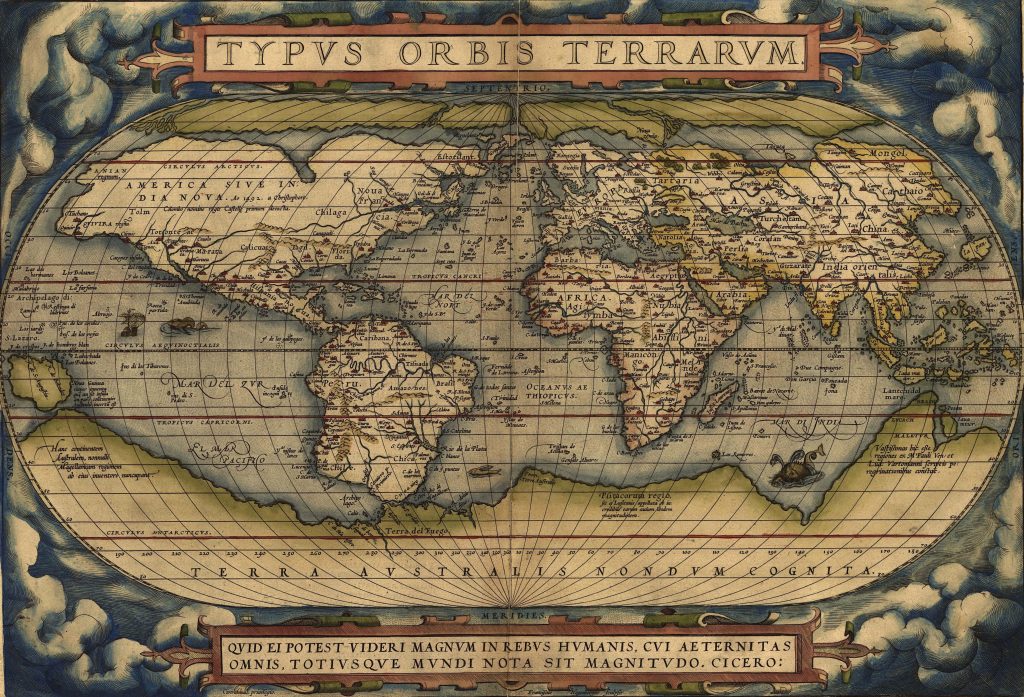The curse of Ham occurs in the Book of Genesis in the context of Noah’s drunkenness and is provoked by a shameful act perpetrated by Noah’s son Ham, who “saw the nakedness of his father”. The narrative was later interpreted as an explanation for why African people have black skin (they are descendants of Ham > Kush > Ethiopia), as well as a justification for slavery.
The curse of Ham – short historic overview
Source: Stephen R. Haynes, NOAH’S CURSE. The Biblical Justification of American Slavery (Oxford, 2002), p. 7
The modern association of Genesis 9 with black servitude is adumbrated in works by church fathers and rabbis alike. For instance, Origen (ca. 185– 254) wrote that by “quickly sink[ing] to slavery of the vices,” Ham’s “discolored posterity imitate the ignobility of the race” he fathered. Augustine (354– 430) saw the origins of slavery in Ham’s transgression, Ambrose of Milan (339–397) opined that Noah’s malediction applied to the darker descendants of Ham, and Ephrem of Nisibis (d. 373) is said to have paraphrased Noah’s malediction with the words, “accursed be Canaan, and may God make his face black.”
Several notorious rabbinic glosses on the biblical text that appear to link Ham’s descendants with dark skin and other negroid features have been identified as wellsprings of antiblack sentiment. But these texts and their relationship to slavery and racism are the subject of intense controversy.
One medieval rendering of Christ’s genealogy has been interpreted as racializing some of Ham’s descendants through Cush. Yet at least one scholar who has reviewed the relevant evidence concludes that no medieval Christian source explicitly connects Ham, sex, and blackness. Even if they do adumbrate modern racism, medieval Christian and Jewish interepretations of Genesis 9 may reflect the emerging reality of racial slavery as effect rather than cause.
It was in the Muslim Near East world that slavery was first closely allied with color, that black Africans first gained a “slavish reputation,” and that the so-called Hamitic myth was first invoked as a justification for human thralldom. In fact, it appears that race and slavery were first consciously combined in readings of Genesis 9 by Muslim exegetes during the ninth and tenth centuries, though these authors claim to draw on rabbinic literature.
In western Europe prior to the modern period, the curse was invoked to explain the origins of slavery, the provenance of black skin, and the exile of Hamites to the less wholesome regions of the earth. But these aspects of malediction were not integrated in an explicit justification for racial slavery
until the fifteenth century, when dark-skinned peoples were enslaved by the Spanish and Portuguese, and the European slave stereotype was stabilized.
Thus, only with the growth of the slave trade and the increasing reliance on
sub-Saharan Africa as a source for slaves did the curse’s role as a justification for racial slavery eclipse its function as a scriptural explanation of either “blackness” in particular or servitude in general.
 ‘Onze Lieve Heer op zolder’ is de negentiende eeuwse naam van de schuilkerk die de rooms-katholieken in de zeventiende eeuw inrichtten op de zolder van een groot (gecombineerde) herenhuis aan de Amsterdamse Oudezijds Voorburgwal. Van binnen een kerk, van buiten niets bijzonders te zien.
‘Onze Lieve Heer op zolder’ is de negentiende eeuwse naam van de schuilkerk die de rooms-katholieken in de zeventiende eeuw inrichtten op de zolder van een groot (gecombineerde) herenhuis aan de Amsterdamse Oudezijds Voorburgwal. Van binnen een kerk, van buiten niets bijzonders te zien.
 Peter Berger (1929-2017) was een invloedrijk godsdienstsocioloog. Zijn boek uit 1967 The Sacred Canopy vestigde zijn naam op dit terrein. In dit boek combineerde hij de secularisatiethese van Weber met zijn eigen visie op religies als ‘sociale constructies’. Al snel zag hij de blikvernauwing. In de jaren 1990 stelde hij dat Moderniteit leidt tot pluraliteit (als feit) op religieus terrein en dus tot de vaststelling dat men niet meer op dezelfde manier religieus kan zijn als vroeger, nl. vanzelfsprekend. Dit kan vervolgens zowel tot relativitering als tot fundamentalisering van het religieuze leiden. Secularisatie is dan een optie (Europa), maar geen dwingend gevolg.
Peter Berger (1929-2017) was een invloedrijk godsdienstsocioloog. Zijn boek uit 1967 The Sacred Canopy vestigde zijn naam op dit terrein. In dit boek combineerde hij de secularisatiethese van Weber met zijn eigen visie op religies als ‘sociale constructies’. Al snel zag hij de blikvernauwing. In de jaren 1990 stelde hij dat Moderniteit leidt tot pluraliteit (als feit) op religieus terrein en dus tot de vaststelling dat men niet meer op dezelfde manier religieus kan zijn als vroeger, nl. vanzelfsprekend. Dit kan vervolgens zowel tot relativitering als tot fundamentalisering van het religieuze leiden. Secularisatie is dan een optie (Europa), maar geen dwingend gevolg.


 Olivier Roy (
Olivier Roy (








 Maurice Merleau-Ponty (1908-1961).
Maurice Merleau-Ponty (1908-1961).